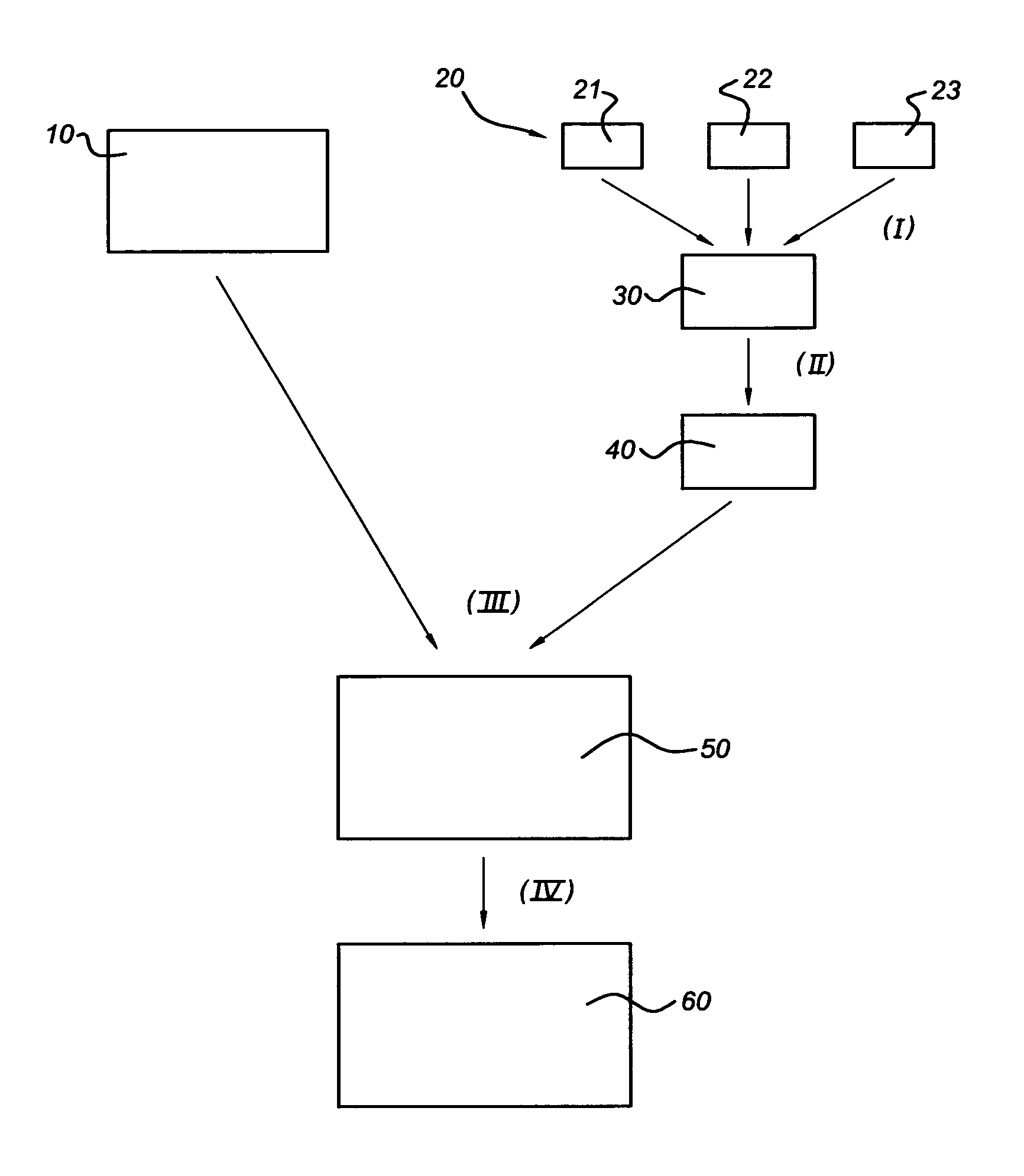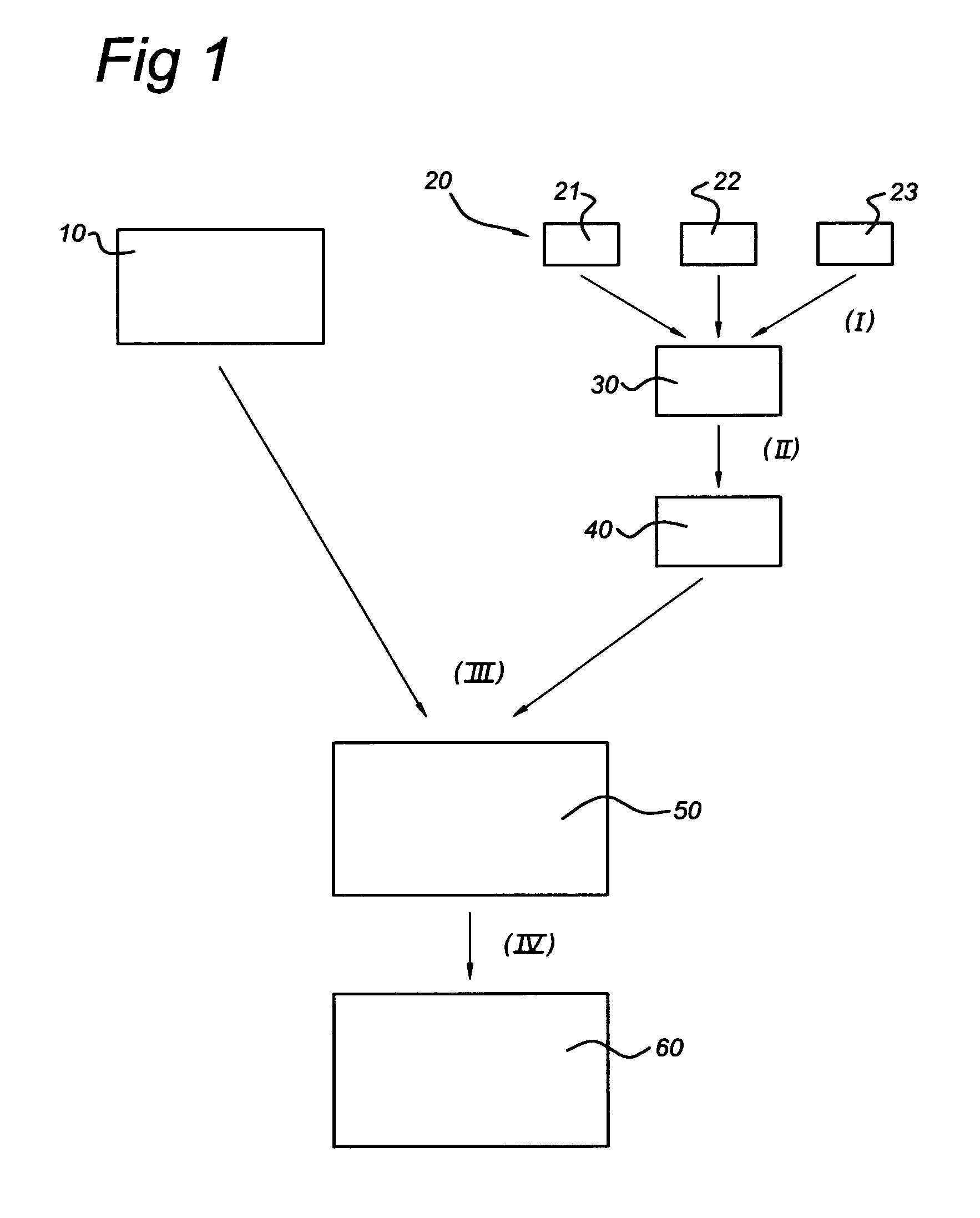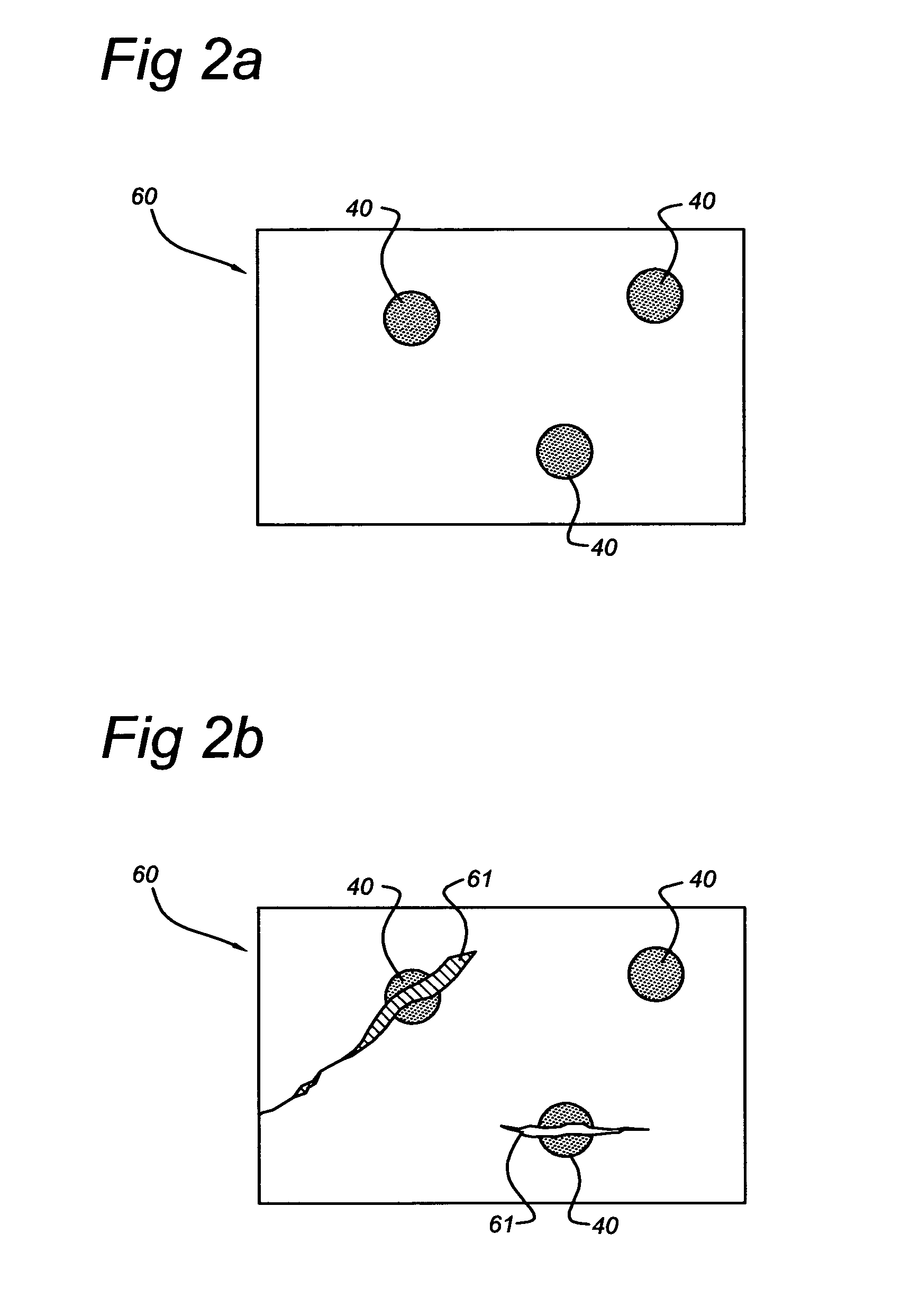Healing agent for self-healing cementious material
a cementious material and self-healing technology, applied in the direction of fatty acid chemical modification, protein coating, microcapsules, etc., can solve the problems of concrete that cannot be easily used in (high-) strength concrete applications, concrete provided might only be used in non-constructing applications, and the effect of affecting the properties of other materials
- Summary
- Abstract
- Description
- Claims
- Application Information
AI Technical Summary
Benefits of technology
Problems solved by technology
Method used
Image
Examples
examples
[0057]Below table provides some examples of healing agents according to the invention, wherein the weight ratio of bacterial material and additive is indicated:
[0058]
TABLE 1examples of healing agents according to the inventionAmountType ofAmount ofType ofofphosphatephosphate orAmountbacterialbacterialor carbonatecarbonateType ofofmaterialmaterialprecursorprecursornutrientnutrientEx. 1Dried Bacillus1mgCalcium170gyeast3.5 g cohnii sporesgluconateextract andand glucosetraceelementsEx. 2Dried5mgCalcium250gpeptone and 5 galkaliphiliclactate andtraceBacillus spp.calciumelementssporesnitrateEx. 3Lyophilized0.1gCalcium1kgGlutamate50 gPlanococcusacetate andand tracespp.glucoseelementsEx. 4Lyophilized50mgPhytate and1kgyeast25 gPlanococcuscalciumextract andand driedgluconatetraceBacillus spp.elementsspores
[0059]Further Experiments
[0060]In order to investigate whether addition of bacteria-based healing agent to concrete admixtures in form of coated pressed powder particles such as tablets is mo...
PUM
| Property | Measurement | Unit |
|---|---|---|
| widths | aaaaa | aaaaa |
| specific density | aaaaa | aaaaa |
| specific density | aaaaa | aaaaa |
Abstract
Description
Claims
Application Information
 Login to View More
Login to View More - R&D
- Intellectual Property
- Life Sciences
- Materials
- Tech Scout
- Unparalleled Data Quality
- Higher Quality Content
- 60% Fewer Hallucinations
Browse by: Latest US Patents, China's latest patents, Technical Efficacy Thesaurus, Application Domain, Technology Topic, Popular Technical Reports.
© 2025 PatSnap. All rights reserved.Legal|Privacy policy|Modern Slavery Act Transparency Statement|Sitemap|About US| Contact US: help@patsnap.com



